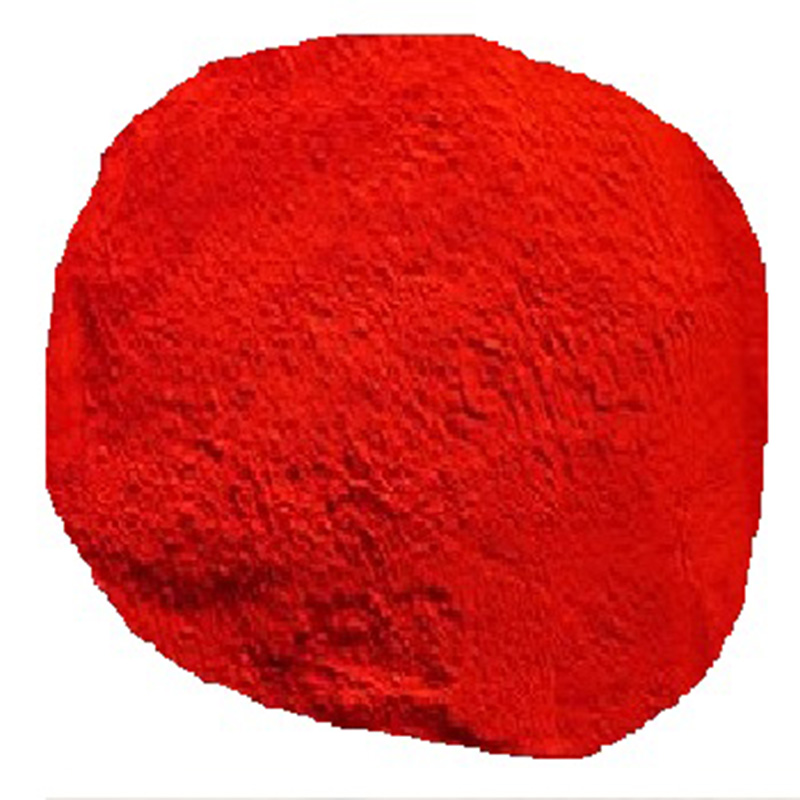An exciting new development pioneered by the LIFE REPLAY project is transforming the European ceramic industry’s ambitions for the circular economy.
An exciting new development pioneered by the LIFE REPLAY project is transforming the European ceramic industry's ambitions for the circular economy. Pigment Green 7

Led by the Ceramic Industry Research Association (ITC-AICE), LIFE REPLAY recently announced the development of the first ceramic ink derived from separated waste using a prototype from Neptury Technologies, ensuring the high quality of the separated elements.
The black ink, specially formulated for digital inkjet printing, is a testament to the remarkable progress made by the project, which aims to show that waste ceramic inks can be recycled using a specialised separation method which meets industrial standards. Ultimately, the project aims to create a more sustainable ceramic production process while reducing waste disposal costs.
'One of the objectives of LIFE programme is to promote a shift towards a more sustainable, circular and resilient economy,' says Technical Manager Jorge Gónzalez Moreno. 'LIFE REPLAY is an innovative solution to help the ceramic industry in its green transition.'
The project also aims to divert 100 tonnes of ceramic inkjet ink waste from landfill and transform it into eco-friendly ceramic products, including 10,000 square meters of ceramic tiles, 80 tonnes of ceramic inks, and 30 tonnes of ceramic pigment. In addition, a real-world prototype for the separation of ceramic inkjet ink waste will be built, and environmentally sustainable designs for ceramic tiles, inks and pigments using the separated waste are being developed to be manufactured in a specially constructed facility.
'Currently, inkjet ink waste management involves chemical separation, coagulation and settling, followed by solid disposal in landfill sites,' explains Moreno. 'This makes it excessively difficult for the industry to reuse any by-products, and that's why LIFE REPLAY is important.'
The prototype is currently being commissioned and fine-tuned, but once up and running, it will provide the raw materials for new and eco-friendly ceramic products. LIFE REPLAY's innovative process separates two distinct types of compounds commonly found in waste ceramic inkjet inks: solid heavy metal compounds and organic solvents. Once separated, they are reused to make ceramic tiles, inkjet inks and pigments which are not only more environmentally friendly but add financial value to what would otherwise be thrown away.
The LIFE REPLAY project will have an impact far beyond waste management - it will help the ceramic industry become more sustainable, reduce resource consumption and minimise its environmental impact. As Moreno notes, 'In a nutshell, LIFE REPLAY provides a new life for ceramic inkjet ink waste.'
LIFE REPLAY supports the Waste Framework Directive and the Closing the Loop - An EU action plan for the Circular Economy.

Chrome Oxide Green Sign up for our LIFE Programme newsletters